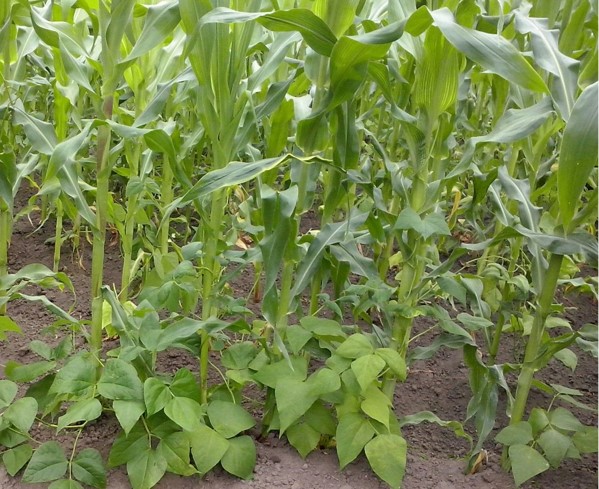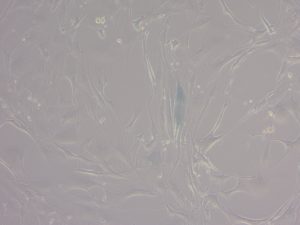When did you eat pulses last time? How often do you include them in your weekly meal planner? Probably less than you should, as pulses (defined as the edible seeds of leguminous plants) are a staple in our diet. In fact, the World Health Organisation (WHO) recommend the often intake of pulses as part of a healthy diet (http://www.who.int/mediacentre/factsheets/fs394/en/). Moreover, another official organism, FAO (Food and Agriculture Organization of the United Nations) has declared 2016 as the International Year of Pulses (IYP), to promote their consumption and cultivation. Within IYP, several campaigns and events are being organised worldwide in collaboration with governments, scientific communities and associations (see http://www.fao.org/pulses-2016/en/) in order to increase the public awareness of the nutritional benefits of pulses and the importance of leguminous plants as part of a sustainable food production.
But, what is sustainable agriculture and why is it related with leguminous plants?

Nitrogen fixing symbiosis
Sustainable agriculture is defined as the set of agricultural practices that allow to produce food altering the environment the less possible, and maintaining the natural resources, and is it essential to stop the desertification and soil degradation being caused by the climate change and the excessive use of fertilizers and agro-chemicals. The cultivation of legumes is sustainable because it allow to reduce the use of nitrogen fertilizers, thanks to their ability to associate in symbiosis with nitrogen fixing soil bacteria. In the nature, symbiosis is the association of two or more species in which all of them get benefits. In case of the fixing symbioses, the bacteria transform the atmospheric nitrogen in ammonia, which is used by the leguminous plant to produce amino acids (the “building blocks” of the proteins). In turn, the plant feed the bacteria by providing them part of the sugar (sucrose) that they produce in the photosynthesis. Once the symbiosis is established, the bacteria live engulfed within the plant roots, in structures shaped as pink little balls, called nodules.

Nodules in pea roots
Nitrogen is a rather paradoxical chemical element: it is one of the essential elements for life (as constituent of proteins, mainly), and the air we breath has an 80% of nitrogen, but the majority of living organisms are not able to assimilate it directly, because is very stable in its gaseous form. Therefore, nitrogen fixation is very important for life in Earth, giving that is the only natural process by which gaseous nitrogen can be assimilated. As a copy of nature, the humans have developed in the XX century an industrial process to convert air nitrogen to fertilizers (ammonia, urea and nitrates), but in a far more contaminant way. And it is due to the stability of the chemical structure of nitrogen gas that, in this process, very high temperatures (500 degrees) and pressures are needed, and therefore high amount of fossil fuels are required. For this reason, the synthesis of fertilizers contribute largely to the increase of CO2 emissions accounting for the climate change. Furthermore, only a small part of fertilizer is assimilated by plants; the remaining contaminates water paths, representing another serious ecological environmental. In contrast, the nitrogen fixed by the bacteria is assimilated in total by the leguminous plant with which live in symbiosis, converting the fixing symbioses in the perfect sustainable alternative to fertilizers.
In the traditional agriculture, crop rotation between cereals and legumes has been always

Intercropping of maize-broad beans in Asturias, Spain (courtesy of María Barreira)
used, and even the simultaneous cultivation (inter-cropping), sowing lines of cereal and legume alternatively at the same time, as it can be seen in the image. In Mediterranean areas, wheat, barley and rice are commonly cultivated along with, or following a legume crop such as beans, peas or lentils, ans intercropping maize-bean is done in humid and tropical areas. This practice is highly beneficial, since nitrogen fixed by legumes become available for cereal. Also, it contributes to reduce pests and diseases, and improve soil quality. Fixing soil bacteria are naturally living in the soil, but farmers also use inoculants, commercial mixtures of bacteria to improve crop productivity. Currently, due to the serious environmental problems of fertilizes and to the great demand of ecological food by consumers, the use of inoculants is being promoted as bio-fertilizers. Inoculants contain, apart from fixing bacteria, other microorganisms with beneficial properties for the plants (supply of vitamins and hormones, nutrient and water absorption, etc)
As you can see, eating pulses is beneficial not only for your health, but also for the environment, and for the conservation of traditional and local agriculture. And, if you think that pulses are difficult to cook or take long time, or you don’t know how to eat them, in the twitter profile @lovepulses (https://twitter.com/LovePulses) and in the FAO IYP webpage you will find a huge variety of recipes with different pulses. So,…why not try a different one each week?
FAO online resources:
Official webpages of FAO, with news and initiatives within the International Year of Pulses

http://www.fao.org/pulses-2016/es/
http://iyp2016.org/
@lovepulses (https://twitter.com/LovePulses): Twitter profile of IYP, in which daily healthy recipes with pulses and other news related are published
Dr. Olaya Muñoz Azcárate, postdoctoral researcher in the agricultural research centre Rothamsted Research (Hertforshire, United Kingdom) @Rothamsted






